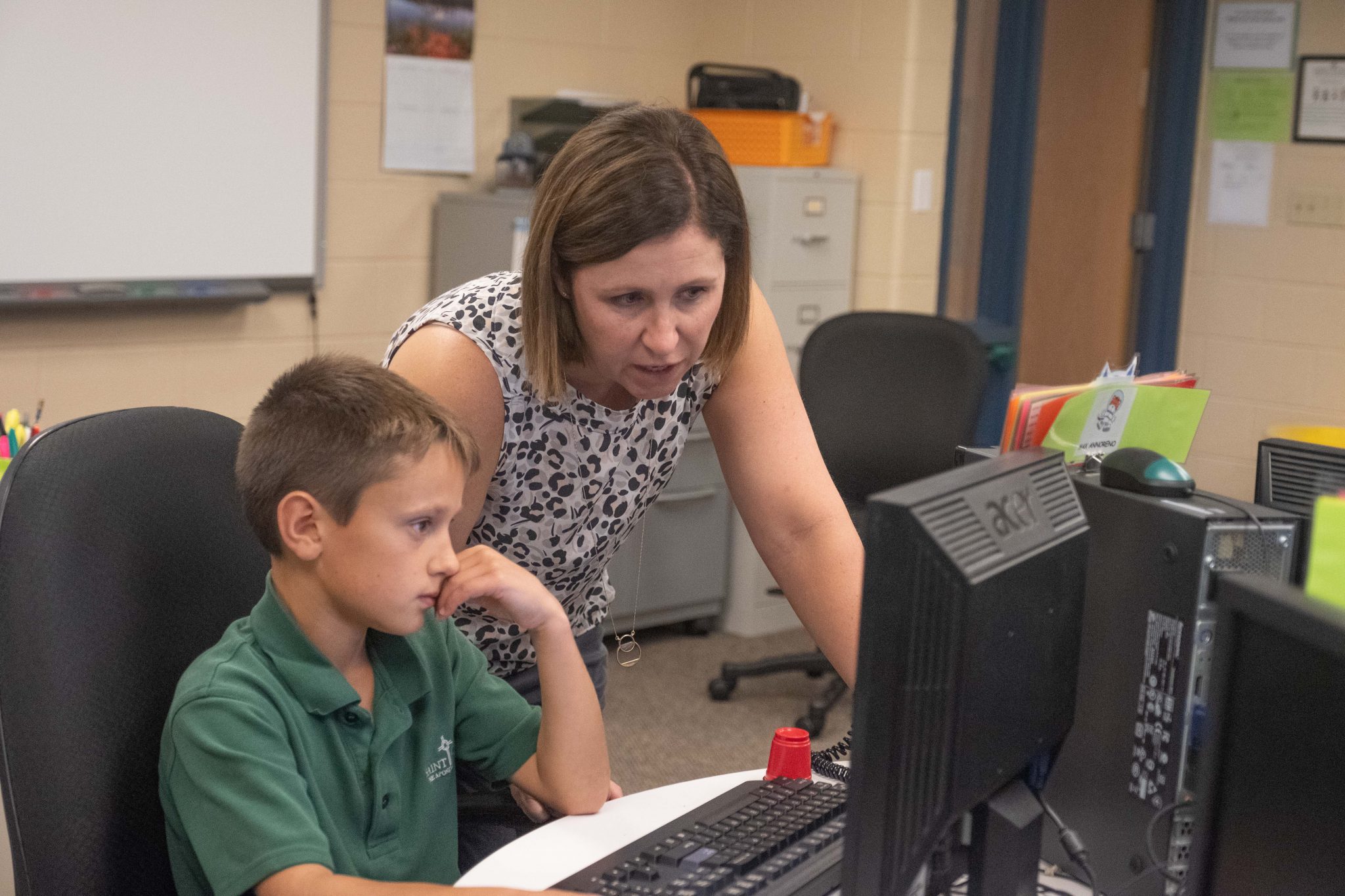At St. Paul the Apostle School we are continually striving to meet the needs of every student. The classroom teachers differentiate instruction, as well as develop and administer interventions to create success for all students. However, sometimes there is a need for additional support outside the core curriculum presented by the student’s teacher. That is where our Resource Program can be put into action.
Today in education we hear a lot about RTI, which stands for Response to Intervention. So what is RTI?
RTI is the practice of:
Providing high-quality instruction/intervention matched to student needs
Using learning rate over time and the level of performance to make important educational decisions as defined by National Association of State Directors of Special Education (NASDSE)
Therefore, when we see the need, we can choose from options we have in place at St. Paul the Apostle School to help each child reach their full potential.
Our Resource Program consists of these components:
Individual, Small Group, and Classroom Support
The start of each school year begins the process of discussion and informal screening to learn what students would most benefit from additional support. With the focus on Response to Intervention (RTI), we most often decide as a team (homeroom teacher, resource teacher and parent) if a student would be best helped individually, in a small group, or in the classroom.
The on staff Resource Teacher coordinates materials and lessons to best meet the student’s needs. Progress monitoring will also take place throughout the year so as to determine the level of performance and to make any needed educational decisions.
Enrichment
We currently offer an opportunity for advanced learners. Collaboration occurs between the homeroom teacher and resource teacher to determine who is invited to participate in the program.
Sensory Integration
A Sensory Program was added at SPA in the fall of 2010. This program is explained in part by understanding that our brain and nervous system constantly use a variety of sensory information for learning. The organizing and interpreting of sensory input is called sensory integration. Knowing that we all process sensory information in our own way, this processing directly effects how we interact, learn and regulate ourselves. Regulation can be thought of as the ability to attend, organize and maintain the correct activity level.
We established this program with the hopes of giving students a place to participate in supervised activities in an individual or small group basis. Further, with these activities we would see a development in better self-regulation, which in turn supports attention and alertness, making transitions, and improved learning.
The participation in this program is done in coordination with other resource offerings or on it’s own.
School Counselor
St. Paul the Apostle School has on staff the services of a School Counselor one day a week. She meets with students who need coaching in academics, social and behavioral areas. She is also available as a resource to parents, teachers and classrooms. Finally, she collaborates with the Resource Teacher, and the Grand Rapids Public School Child Study Team assigned to our building.
Grand Rapids Public School Support
SPA receives support from GRPS. Monthly meetings are held with the Resource Teacher, Counselor, and the GRPS team assigned to our building. It is at that time we can determine in a team approach if we are meeting the needs of all our students at St. Paul. The team can provide ideas and other interventions for teachers to try with their students. If needed, further support for a student is explored. The goal, as always, is determining what is best for the students.
